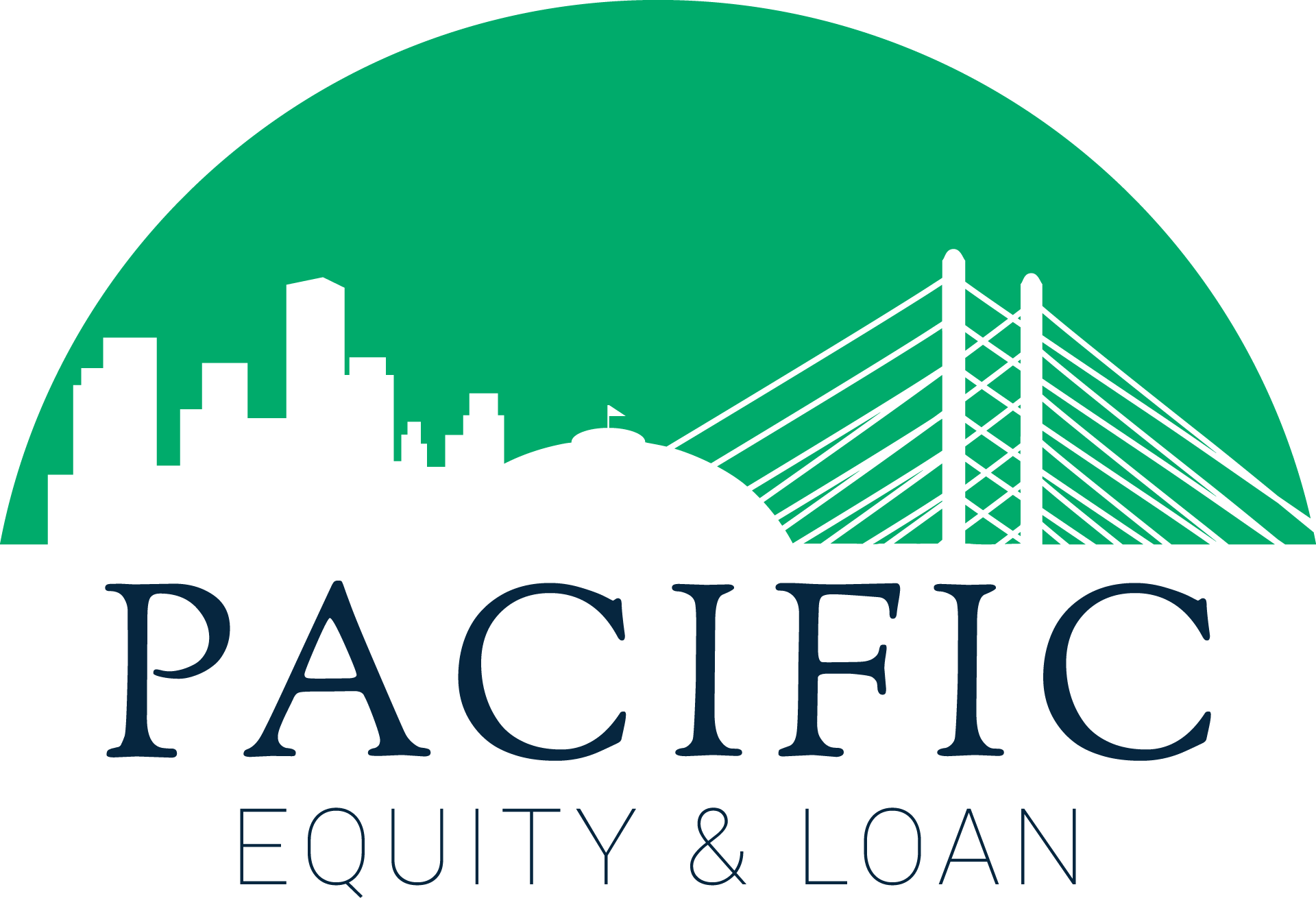Real estate investments can offer substantial returns, but they also come with risks. One crucial aspect that can mitigate these risks is thorough property inspections. Whether you’re buying or selling a property, understanding the key property inspections is essential.
In this comprehensive guide, we’ll delve into various types of property inspections, their significance, the importance of professional inspectors, cost considerations, interpreting inspection reports, real-world case studies, DIY inspection tips, and more. By the end, you’ll have a solid understanding of how property inspections can make or break your real estate investments.
The Significance of Property Inspections in Real Estate Investing
Property inspections hold a pivotal role in the world of real estate investing, yielding far-reaching impacts that extend well beyond their initial purpose. In this segment, we delve into the multifaceted ways through which property inspections truly matter in the context of real estate investments.
- Comprehensive Insight into Property Condition
First and foremost, property inspections serve as a gateway to unlocking a thorough understanding of a property’s overall condition. They shine a light on concealed issues that often remain elusive during a casual walkthrough. From lurking structural dilemmas to concealed faulty wiring, plumbing leaks, or hidden mold infestations, inspections unveil these hidden intricacies. Armed with this comprehensive awareness, property inspections become the bedrock upon which you can erect well-informed decisions. Whether you’re considering a purchase, a rental venture, or the ongoing maintenance of your property, the revelations brought forth by inspections empower you to tread wisely.
- Safeguarding the Well-being of Occupants
Delving deeper, property inspections assume a role of paramount importance in safeguarding the well-being of those who inhabit the spaces. Through meticulous scrutiny of critical zones such as electrical systems, HVAC installations, and the very structural foundation of a property, inspections stand vigilant in identifying lurking perils. By recognizing potential hazards that might imperil health and safety, these inspections pave the way for prompt corrective actions. This, in turn, acts as a preventive barrier, thwarting accidents, injuries, or even the specter of property damage from casting its shadow.
- Safeguarding Your Financial Endeavors
The fiscal realm of real estate investments is profoundly impacted by property inspections. Unveiling substantial defects or maintenance needs, these inspections provide you with a tactical advantage during negotiations. Armed with the insights gleaned from these evaluations, you can effectively negotiate for repairs, petition for price adjustments, or strategically allocate resources to address identified issues. The foresight gained through these inspections permits you to embark upon the investment journey with a shield against unforeseen expenses, enabling you to make decisions underpinned by sound financial judgment.
Embarking on a property inspection journey necessitates an approach that involves understanding the purpose, identifying the required inspection type, adhering to local regulations, and gathering pertinent documents. This preparatory phase sets the stage for a thorough and effective assessment of the property. Here’s how to navigate this crucial stage with precision:
Navigating the Pre-inspection Phase: Preparation is Key
Determining the Appropriate Inspection Type
Property inspections can vary depending on the purpose for which they are conducted. It’s important to determine the specific type of inspection you need based on your circumstances. Here are a few common types:
- Pre-purchase inspections: Essential for prospective buyers, these evaluations occur before finalizing a property purchase. They uncover issues that may influence the property’s value, safety, and potential maintenance costs. This knowledge empowers buyers to make informed decisions.
- Rental property inspections: Landlords or property managers may conduct regular inspections of rental properties to assess their condition, ensure compliance with lease agreements, and identify any necessary repairs or maintenance.
- Maintenance inspections: Homeowners or property owners may opt for routine maintenance inspections to proactively identify and address potential issues before they escalate. These inspections can help prevent costly repairs and maintain the property’s value.
Navigating Local Regulations and Requirements
Property inspections are often subject to local regulations and requirements. Research and familiarize yourself with the specific rules and guidelines applicable to your area. Local building codes, homeowner association regulations, or specific requirements for rental properties may dictate the frequency and scope of inspections. By understanding the local regulations, you can ensure compliance and avoid any potential legal or administrative complications.
Compilation of Essential Documents and Records
To facilitate a thorough inspection, the compilation and provision of pertinent documents stand as paramount. These documents serve as guiding lights for the inspector’s assessment. Your dossier might include:
- Property records: Any available documents related to the property, such as the title deed, previous inspection reports, or permits for renovations or repairs.
- Maintenance records: Documentation of past maintenance activities, repairs, or upgrades performed on the property. This information can provide insights into the property’s history and potential recurring issues.
- Warranty information: If the property includes appliances or systems under warranty, gather the warranty documentation for reference during the inspection.
- Homeowner association documents: If the property is part of a homeowner association, provide any relevant documents, such as association rules, bylaws, or recent inspection reports.
Hiring the Right Inspector
With the preparatory stage in place, the crux of a successful inspection rests on choosing the right inspector. Here’s a blueprint to assist you:
- Experience and Expertise: Seek inspectors with a robust track record in property assessments. Their experience adds a layer of confidence to the process.
- Certifications and Licensing: Ensure the inspector holds relevant certifications and licenses. These credentials testify to their professionalism and expertise.
- Specialization: If your property has unique features or concerns, opt for an inspector specializing in those areas. Their focused insights are invaluable.
- Sample Reports: Request sample inspection reports to gauge their thoroughness and clarity. A comprehensive report aids your understanding.
- References and Reviews: Reach out to references or peruse online reviews to gauge the experiences of previous clients. Positive testimonials signify a dependable professional.
- Clear Communication: Choose an inspector who communicates effectively. They should explain the inspection process and findings in a way that’s accessible to you.
- Availability: Timeliness is key. Opt for an inspector who can conduct the assessment within your desired timeframe.
Remember, a skilled inspector isn’t just a necessity; they’re your partner in uncovering the hidden aspects of your property.

Embarking on the Inspection: The Essential Areas to Probe
When it comes to property inspections, thoroughness is key. Assessing both the exterior and interior of the property will provide a comprehensive understanding of its condition. Here are the essential areas to inspect:
Exterior of the property
Roof and Gutters:
- Checking for signs of damage, missing shingles, or leaks.
- Evaluating the condition of the gutters, downspouts, and drainage system.
Foundation and Structural Integrity:
- Examining the foundation for cracks, settlement, or water damage.
- Assessing the stability and structural integrity of the property’s exterior walls.
Siding or Exterior Walls:
- Inspecting the siding or exterior walls for signs of rot, deterioration, or pest infestations.
- Checking for proper insulation and waterproofing.
Landscaping and Drainage:
- Assessing the landscaping, grading, and drainage around the property to ensure proper water flow away from the foundation.
- Identifying potential issues, such as poor drainage, standing water, or erosion.
Interior of the Property
Electrical Systems:
- Evaluating the electrical panel, wiring, outlets, and switches for safety and functionality.
- Checking for potential fire hazards, outdated components, or overloaded circuits.
Plumbing Systems:
- Inspecting the plumbing pipes, fixtures, and connections for leaks, corrosion, or water pressure issues.
- Testing faucets, toilets, and drains for proper operation.
HVAC Systems:
- Assessing the heating, ventilation, and air conditioning systems for functionality and efficiency.
- Checking filters, ductwork, and thermostat operation.
- Flooring, walls, and ceilings:
- Examining the condition of floors, walls, and ceilings for any signs of water damage, cracks, or structural issues.
- Identifying potential hazards, such as mold or asbestos.
Appliances and Fixtures:
- Testing the functionality of appliances, including ovens, refrigerators, dishwashers, and laundry machines.
- Checking the operation of sinks, faucets, showers, and other fixtures.
Additional Areas to Consider
Attic and crawl spaces:
- Assessing insulation, ventilation, and potential issues like pests or mold growth.
- Checking for adequate structural support and any signs of leaks or water damage.
Garage or parking areas:
- Inspecting the garage structure, including doors, flooring, and safety features.
- Evaluating the functionality of automatic garage door openers and any potential safety concerns.
Basements or storage areas:
- Examining the foundation, walls, and flooring for signs of moisture, cracks, or water intrusion.
- Assessing the condition of any storage areas, such as shelving or built-in cabinets.

The Aftermath: Responding to Inspection Outcomes
Addressing the outcomes of a property inspection calls for a nuanced strategy. This step-by-step guide helps you navigate the path forward effectively:
- Evaluating Issue Significance
Upon studying the inspection report, it’s paramount to gauge the gravity of identified issues. Recognize that not all findings hold identical weight in terms of impact and urgency. Delve into potential risks, financial commitments, and overall ramifications associated with each discovery. This evaluation sets the stage for informed actions.
- Negotiating for Buyers: Repairs and Adjustments
Buyers encountering significant issues post-inspection possess the option of negotiation. If you’re one of them, consider collaborating with the seller for repairs or price adjustments. Attain estimates from skilled contractors to comprehend potential costs. Armed with this data, initiate negotiation using it as the bedrock. Enlist the aid of your real estate agent or legal expert to steer this process adeptly.
- Seeking Redress for Tenants and Homeowners
For tenants or homeowners, the journey involves asserting needs. Upon unveiling inspection findings, it’s time to seek repairs or maintenance. Engage in open dialogue with your landlord, property manager, or homeowner’s association. Furnish them with a detailed catalog of the identified concerns. Remain vigilant with follow-ups to ensure that required repairs are addressed promptly and satisfactorily.
- Navigating Seller’s Disclosure Terrain
Sellers have specific responsibilities for revealing information based on the legal jurisdiction. If the inspection highlights important issues that were not previously made known, it’s important to understand the exact nature of the seller’s responsibilities and the potential legal actions you can take. To navigate this situation wisely, consider seeking guidance from a real estate expert or a legal advisor who can provide you with knowledgeable assistance in this complex area.
The Bottomline
In conclusion, property inspections are essential for ensuring the safety, functionality, and value of a property. By actively participating in the inspection process, asking questions, documenting findings, and understanding the inspection report, you can make informed decisions and take the necessary actions to address any identified issues. Whether you’re a buyer, tenant, or homeowner, property inspections provide peace of mind and protect your investment. Embrace the importance of property inspections and leverage the findings to ensure a safe and enjoyable property ownership or rental experience.
By conducting thorough property inspections and working with trusted professionals, you can make informed decisions, identify potential risks or maintenance needs, and ensure the safety and value of your investment. To support your real estate journey, consider partnering with Pacific Equity & Loan, a trusted lender offering financing options tailored to your needs. Contact us today at (206) 531-2729 to start your flipping journey with confidence and the right financial support.

Citations
Editor, Real Estate Investar. “6 Essential Members of Your Property Investment Team.” 6 Essential Members of Your Property Investment Team, blog.realestateinvestar.com.au/building-a-property-investing-team. Accessed 16 Aug. 2023.
Rodriguez, Peter. “Inspect before You Invest: The Importance of Home Inspections and Choosing the Right Inspector.” LinkedIn, www.linkedin.com/pulse/inspect-before-you-invest-importance-home-inspections-peter-rodriguez/. Accessed 16 Aug. 2023.






